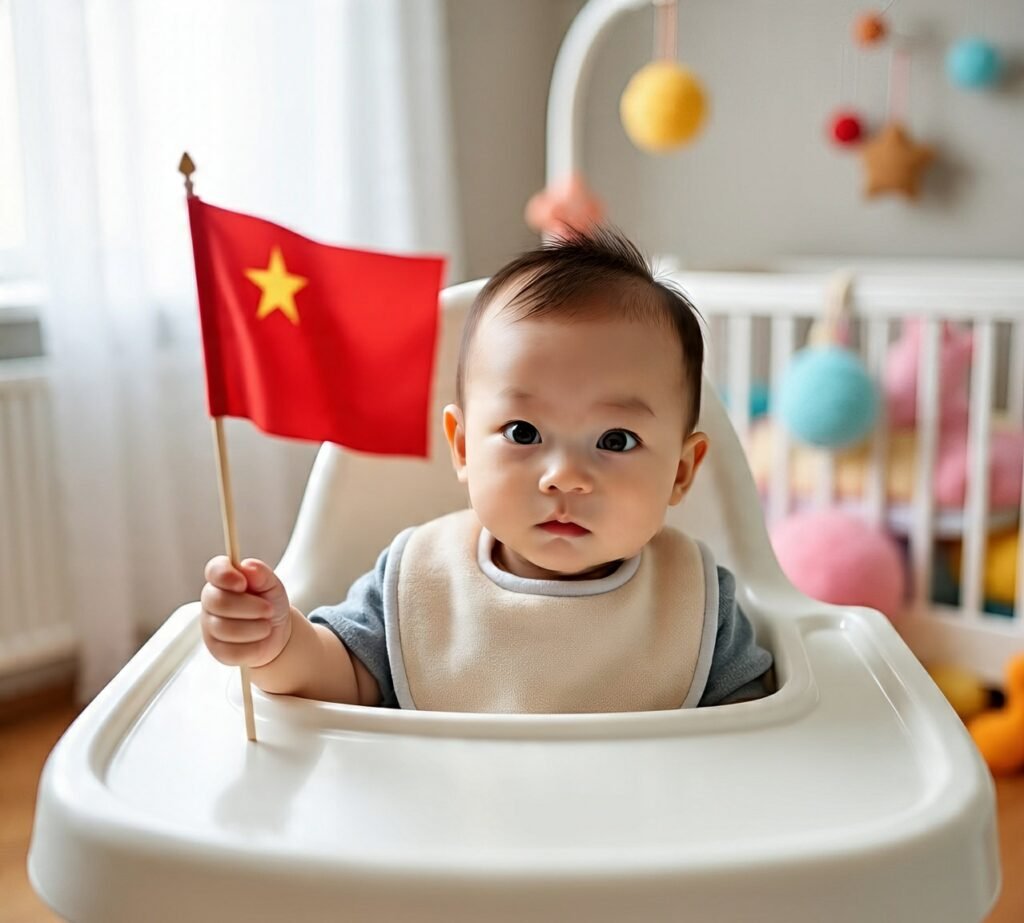China has announced a new policy to offer parents 3,600 yuan (\$500) per child under the age of three each year in an effort to increase the country’s birth rate. The move comes as China’s population has declined for three years in a row, creating concerns about the nation’s future workforce and economy.
Birth rates have dropped sharply since 2016, the year China ended its decades-long one-child policy. In 2024, only 9.54 million babies were born—half the number recorded in 2016. Marriage rates have also fallen to record lows as many young couples delay starting families due to high living costs and career pressures.
More than 20 provinces are already offering various incentives to encourage childbirth. For example, Inner Mongolia’s capital Hohhot provides families up to 100,000 yuan for each additional baby, while Shenyang in Liaoning province gives 500 yuan per month to parents with a third child. Sichuan province is considering longer marriage and maternity leave to make family life easier.
Experts believe the new subsidy is a positive step but may not be enough to significantly increase birth rates or boost domestic spending. Analysts say the financial support is too small to change decisions for most families, though it might encourage some parents to consider having a second child.
Many parents, like 36-year-old Wang Xue from Beijing, welcome the help but remain hesitant. “Having one child is manageable, but if I had two, I might feel financial pressure,” she said.
The policy highlights China’s recognition of its demographic challenges and could pave the way for more financial support in the future. However, experts warn that reversing the population decline will require broader changes beyond subsidies alone.


